Sean Tilley
I write articles and interview people about the Fediverse and decentralized technologies. In my spare time, I play lots of video games. I also like to make pixel art, music, and games.
- 42 Posts
- 50 Comments

 4·27 days ago
4·27 days agoYeah, I’m aware. I think the Nostr space in particular is doing a really great job, and has some good ideas on how to make it work. Why this development is significant, though, is that it’s happening in ActivityPub space. It’s not as robust, and doesn’t have all the answers. But, the existence of such a project means that people within the space are already thinking about how to make this concept viable for the Fediverse.

 1·1 month ago
1·1 month agoGood question. For now, we have a basic process for submitting icons, which requires adding details about the project repo, information on the icon, and Copyright attribution for whoever created / owns the brand.
We recently incorporated a JS library that allows us to generate the font from the SVG files themselves, which also builds the preview pages that can be viewed at icons.wedistribute.org. With a bit of extra automation on Codeberg, we could basically update the preview page and generated set every time a new icon gets merged in to the
mainbranch.Our goal is to get to a point where new releases automatically get created, and an archive of the assets gets attached as well. That way, once a milestone gets completed, a new release will get put out with minimal amounts of work.

 4·1 month ago
4·1 month agoInteresting insights!
The original reason we started this was actually for our own development. Our site includes project icons and colors in dedicated tags, which link to dedicated topic hubs. As we started working on this, we realized that there wasn’t a really good resource, and that we would have to build something from scratch.
Those symbols that you see are typically Unicode. Icon fonts are generally a CSS hack, in that a collection of SVGs have been converted into a font. The Unicode strings can be thought of as “letters” for that font. You’re absolutely right that there are accessibility limitations, but the tradeoff is that people get an easy way to use their favorite project icons to represent where they are on the Web.
At the very least, you won’t have any uBO problems with our site, as the font is incorporated directly into the theme we’re using. We’ll likely explore making a WordPress plugin next, so people can add these to their profiles and menus and other places.

 5·1 month ago
5·1 month agoHonestly, this is the first I’m hearing about it. Maybe we’ll try to submit project SVGs.

 62·1 month ago
62·1 month agoThat’s not really enshittification, is it?
I was under the impression that Cory Doctorow’s definition was largely based on how social media platforms entice people with “free” offerings, then gradually tighten the screws over time to make service worse. This usually happens when a platform becomes the dominant player.

 15·5 months ago
15·5 months agoIt’s the WordPress competitor.
Radio Free Fedi is awesome, and I highly recommend it.

 4·6 months ago
4·6 months agoYeah, I don’t have a complete answer here. I think that Terms of Service requiring standards of behavior are quite reasonable - people in Congress, for example, are required to conduct themselves to a certain standard or be ejected. Same goes for courtrooms.
There may be a “minimum threshold” for content or communities that are blocked, on the basis of materials provided (hate speech, harassment campaigns, doxxing, CSAM), but I’ll readily admit that this is conjecture.

 7·6 months ago
7·6 months agoGab is in kind of the same place, with the same conclusion.
“Oh no, keeping a walled garden actually increases the value of my echo chamber! Better not open anything up to dissenting views!”

 8·6 months ago
8·6 months agoLiterally just saw this in my feed: https://www.nbcnews.com/politics/donald-trump/trump-sues-truth-social-co-founders-says-not-entitled-stock-shares-rcna146106

 18·6 months ago
18·6 months agoTruth Social is such a freaking dumpster fire. It would be the absolute worst candidate to be used by governments. Some politicians? Sure. Actual departments? Ehhhh

 2·6 months ago
2·6 months agoWeird, maybe you have to use an ActivityPub server to complete the lookup? I managed to get it to work with Mastodon and Akkoma, but haven’t tried anything else.
Edit: alternatively, try doing a Webfinger lookup for
@potus@threads.netdirectly?

 3·6 months ago
3·6 months agoBasically, it’s the second half of ActivityPub that’s for mapping an instance to clients. Most platforms on Fedi use bespoke APIs or copy Mastodon, but C2S is kind of more fluid and lets you build custom experiences and logic that hooks into it?
What’s cool about Vocata is that you can kind of just make up the vocab and activity you send out the Outbox. Vocata just shrugs and says “whatever, that’s valid.”
It could be brilliant for prototyping.

 8·6 months ago
8·6 months agoHonestly, I think this is an extremely cynical take. It takes a lot of effort to organize and run something like this, and nobody is getting rich off of it. If anything, it’s pretty meagre compensation to set off infrastructure and organizational costs.
The talks themselves are also a informed by privacy concerns: some attendees are fine with being directly cited in notes / recorded / talked about, but a lot of people just wanted to be part of conversations and do not want that.
I think some of your suggestions in your last paragraph are actually pretty good, but I also think it’s a little unfair to make demands here. No aspect of running this thing is easy, and the whole “why don’t they just?” attitude from the sidelines is kind of unsavory when a lot of us went out of our way to pay extra to make sure there were more than enough $1.99 “almost free” tickets.
Like, if that’s not good enough for you, I’m pretty sure nothing is.

 7·6 months ago
7·6 months agoSo…it does do what it sets out to do, just not in the way you would think.
ActivityPods doesn’t bring Solid to ActivityPub accounts. It brings ActivityPub protocol capabilities to Solid Pods. The reason this is significant is because Fediverse platforms historically use relational databases, whereas this is like using Google Drive and files to create a graph database. Additionally, ActivityPods is a framework for building apps on top of.
Damon, my friend and co-founder at We Distribute, is building a really killer app on top of it called Memory.

 8·6 months ago
8·6 months agoNostr is more of a protocol / network in and of itself, as is Scuttlebutt. Both legitimate efforts in their own right, but not quite Fediverse in the traditional sense. Though, with bridging, it’s getting harder to tell where one starts, and another stops.
Regardless, I would love to start a list of really esoteric Fedi software like what I have above. I know there’s more, it’s just harder to dig up.

 19·6 months ago
19·6 months agoLet me think…
- Flohmarkt is like Craigslist or eBay
- Honk - Ultra-ultra minimalist
- Vocata - a general C2S-enabled server that allows you to throw any kind of Vocabulary you want at it. Could be useful for mocking up client apps.
- Wordforge - federated novel-writing
- SkoHub - Some kind of federated knowledge discovery system?
- GreatApe - an OBS-like federated video thing that you can have live audiences with.
That’s just what I could find from scrounging around, I know there’s more.

 13·6 months ago
13·6 months ago-
There were a variety of price points, including $1.99 tickets for people who couldn’t afford more. General Tickets were 40 bucks, but quite a few people spent more to sponsor the cheap tickets to help out. Only corporate attendees paid $250 per person.
-
The demos were recorded and uploaded, extensive notes for each breakout session were written, and some of us did live-blogging for the entire day while attending. The general format of an unconference is pretty grassroots, conversational, and informal.
-
It’s the third event of its kind, bringing in a wide variety of people building different parts of the Fediverse, from Trust & Safety to standards bodies to developers and advocates. There’s a lot of awesome things happening as people try to grapple with some of the biggest challenges the network has ever had.
-

 3·6 months ago
3·6 months agoThere are a handful of decent instances, but you really have to dig to find stuff, sadly. I run Spectra Video and basically have to curate sign-ups and which servers we follow.
It helps cut down on a lot of the crap, but it takes work.


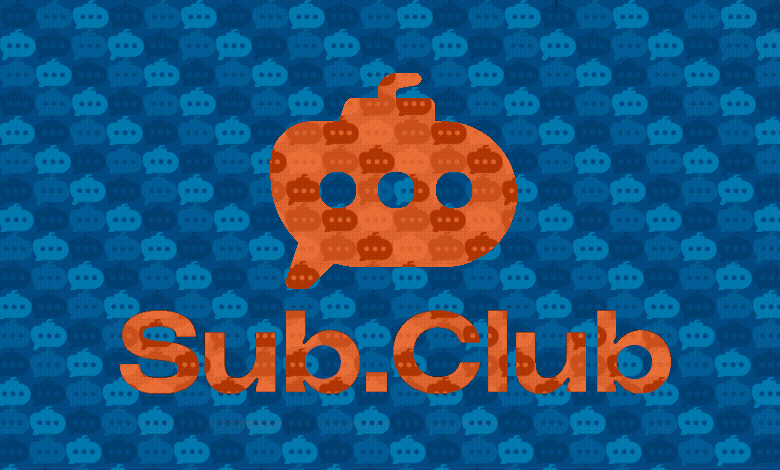




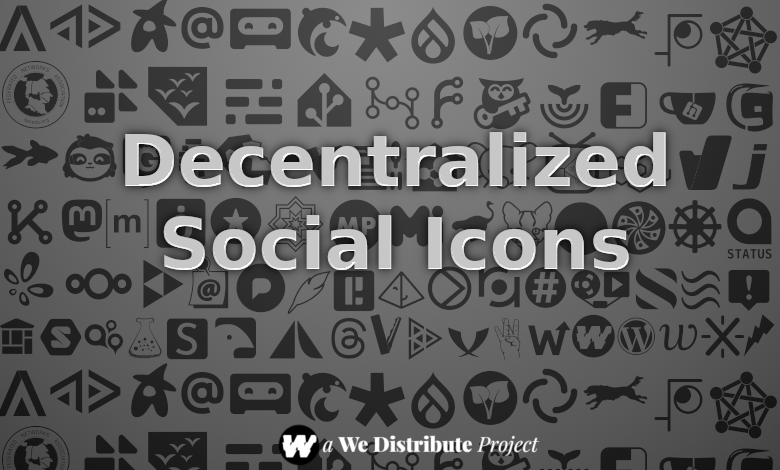






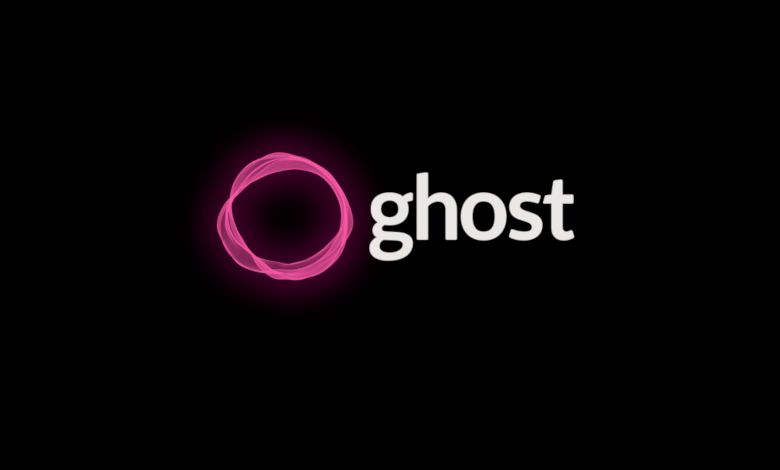

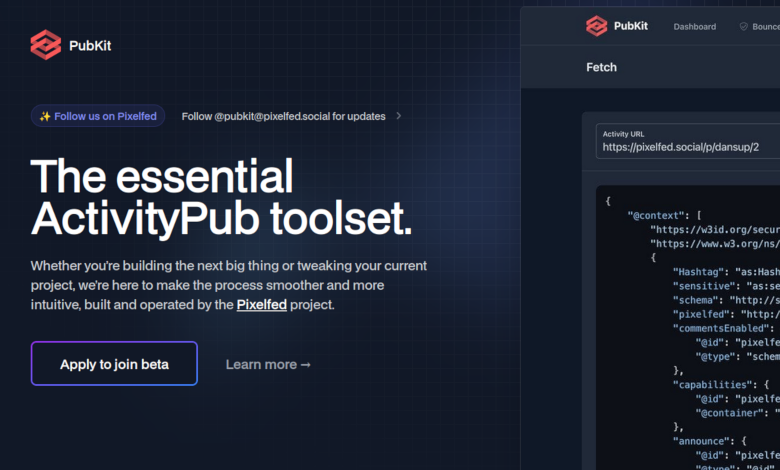



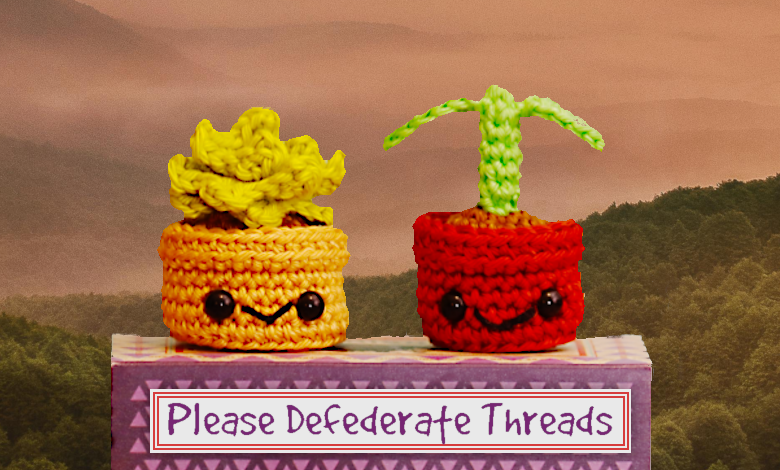
The difference here is that you literally sign in with your existing Fediverse identity.